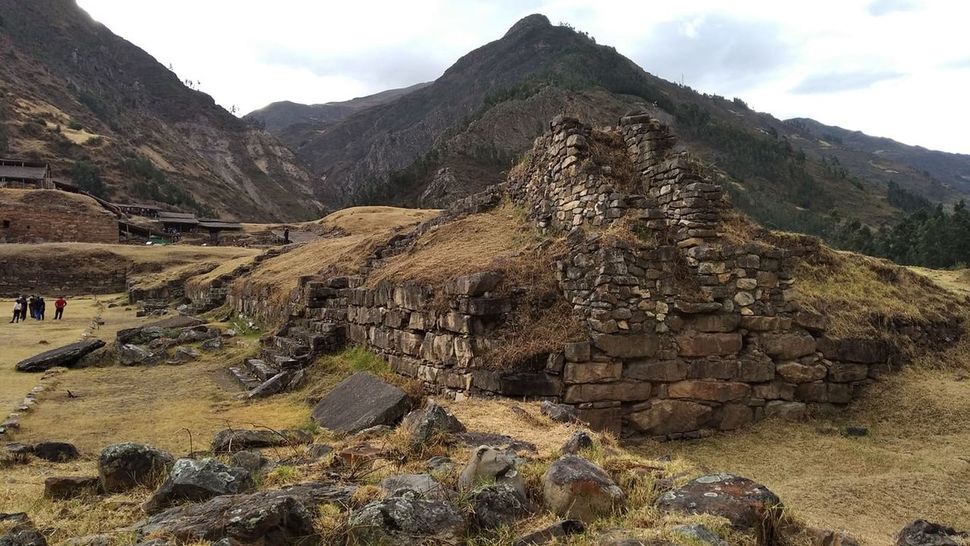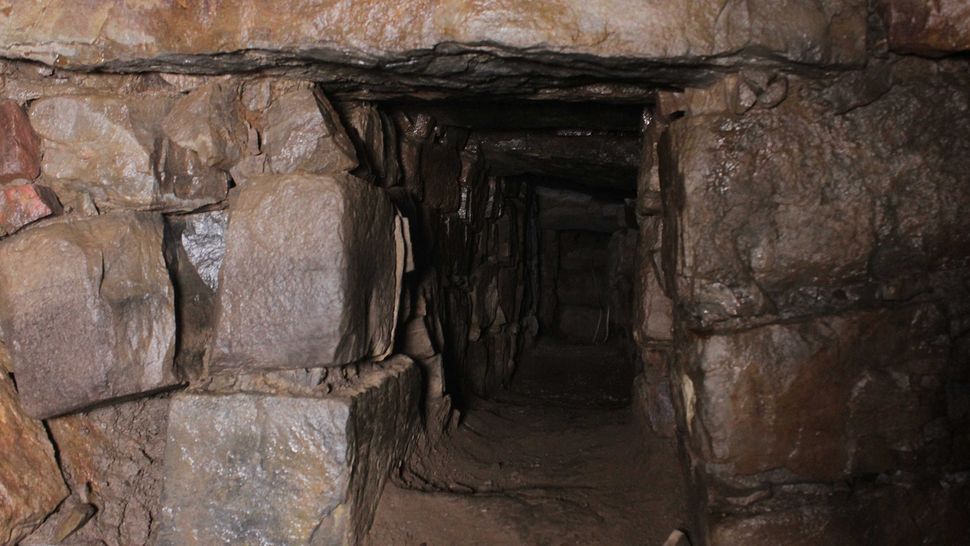Secret ancient Andean passageways may have been used in rituals involving psychedelics
By Tom Metcalfe published about 18 hours ago
Hidden passageways used by ancient Andean culture opened for the first time in 3,000 years.

The temple complex at Chavín de Huántar gives its name to the mysterious Chavín people who lived on the Pacific coast and in the Andes of what's now Peru between 3200 and 2200 years ago. (Image credit: Qpqqy, CC BY-SA 4.0 , via Wikimedia Commons)
Archaeologists have revealed a complex of hidden passageways and galleries deep inside the ancient Chavín de Huántar temple complex in the Peruvian Andes. The researchers think the network of chambers and galleries was used in religious rituals, possibly involving psychedelic drugs.
It's the first time in about 3,000 years that these particular hidden structures have been explored; some of the dark and isolated chambers may have been used for sensory deprivation, while some of the larger galleries seem to have been used for the worship of idols, said John Rick, a Stanford University archaeologist who is leading the research.
"These are stone-lined passageways, corridors, rooms, cells, and niches, big enough to walk through, roofed with stone beams," he told Live Science in an email. "The galleries have a diversity of function from what we can tell, [but] all are related to ritual activity."
Rick explained that the newly discovered passageways weren't strictly tunnels, because they hadn't been dug into the ground. Instead, they were deliberately constructed inside the mass of the enormous temple complex as it was built in stages between 1200 B.C. and 200 B.C.
. . .

The network of sealed passages within the Chavín de Huántar temple complex were discovered in 2019 but only explored earlier this year. (Image credit: John Rick/Programa Chavin)
More:
https://www.livescience.com/secret-passages-ancient-temple-peruvian-andes?utm_campaign=368B3745-DDE0-4A69-A2E8-62503D85375D

